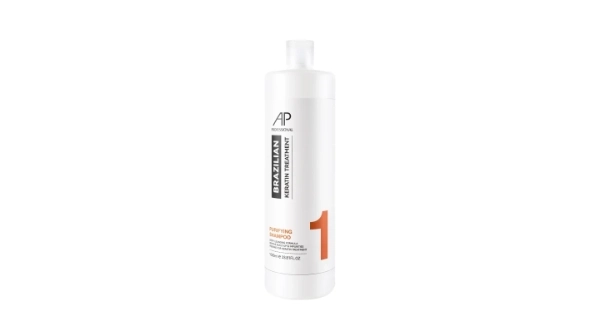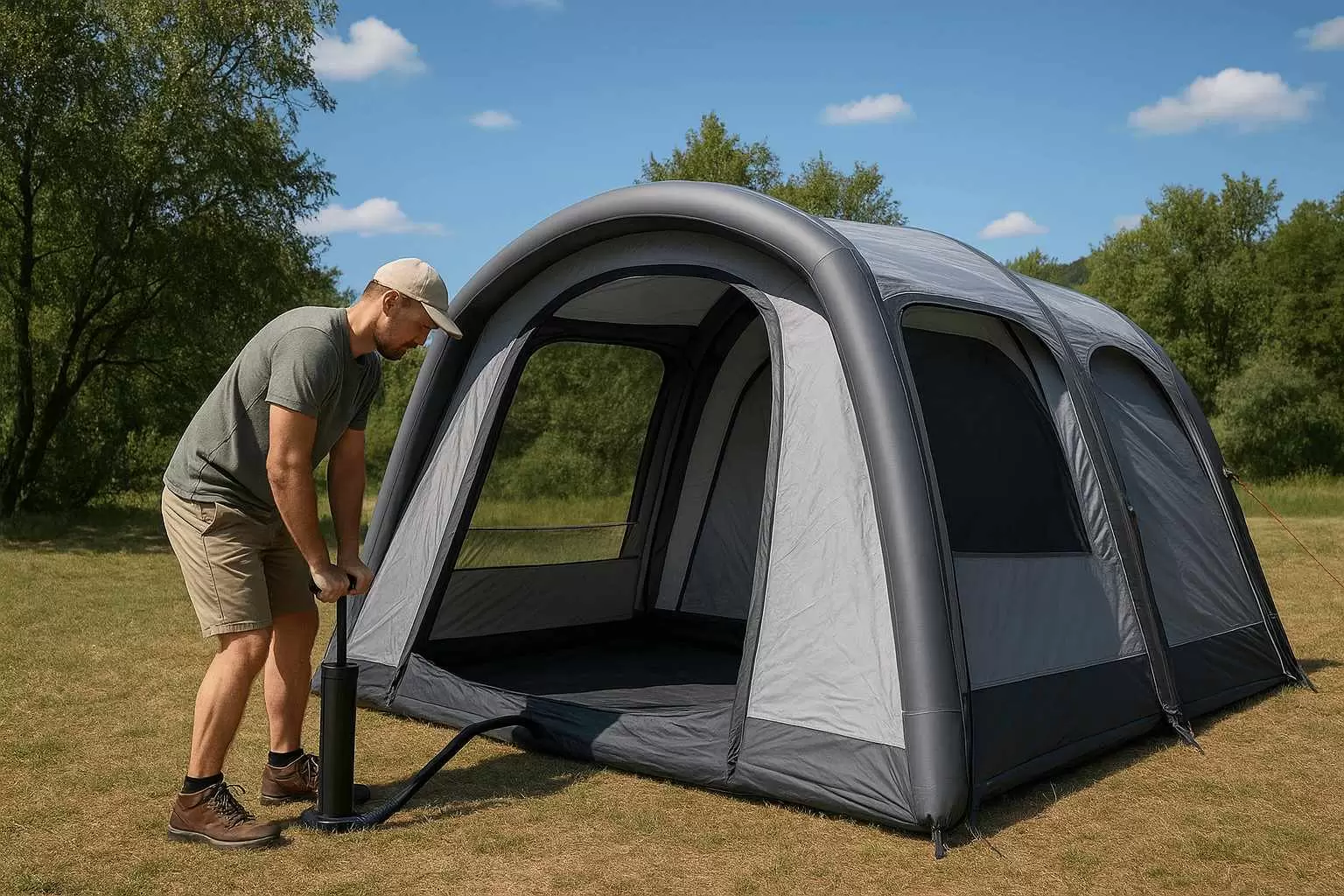As winter approaches, homeowners and builders alike often find themselves pondering a critical question: Will water pipes freeze in concrete slabs? This inquiry is not merely academic; it has significant implications for property maintenance, plumbing integrity, and overall home safety. In this article, we will delve into the factors that influence the freezing of water pipes embedded in concrete slabs, the potential consequences of such freezing, and effective strategies to prevent it.
Understanding the Mechanics of Freezing
To comprehend whether water pipes can freeze in concrete slabs, we must first examine the physics involved. Water freezes at 32°F (0°C), and when temperatures drop below this threshold, the water inside pipes can begin to freeze, expanding and potentially causing pipes to burst. Concrete, while a robust building material, is not an insulator; it can conduct temperature changes from the external environment into the embedded pipes.
Factors Influencing Freezing
- Temperature Fluctuations: The ambient temperature plays a crucial role. If the temperature outside drops significantly, the concrete slab can cool down, transferring that cold to the pipes within.
- Pipe Material: The type of material used for the pipes also matters. Copper and PVC pipes have different thermal conductivity properties, which can affect how quickly they lose heat.
- Insulation: The presence or absence of insulation around the pipes can significantly influence their susceptibility to freezing. Insulated pipes are less likely to freeze because the insulation acts as a barrier against cold temperatures.
- Water Movement: Water that is in constant motion is less likely to freeze. Therefore, pipes that are regularly used and have water flowing through them are at a lower risk compared to those that are stagnant.
Consequences of Frozen Pipes
When water pipes freeze, the consequences can be severe. The expansion of ice can lead to cracks or ruptures in the pipes, resulting in leaks that may not be immediately apparent. This can cause extensive water damage to the surrounding concrete and any structures above it. Moreover, the cost of repairs can be substantial, not to mention the inconvenience of dealing with plumbing issues in the middle of winter.
Preventative Measures
Fortunately, there are several strategies that homeowners and builders can implement to mitigate the risk of frozen pipes in concrete slabs:
- Proper Insulation: Insulating pipes before they are embedded in concrete is one of the most effective ways to prevent freezing. Use foam pipe insulation or heat tape for added protection.
- Temperature Control: Maintaining a consistent temperature in the home, particularly in areas where pipes are located, can help prevent freezing. This may involve keeping the thermostat set to a minimum temperature during cold spells.
- Drainage Systems: Implementing a proper drainage system can help ensure that water does not stagnate in pipes, reducing the risk of freezing.
- Regular Maintenance: Regularly inspecting plumbing systems for leaks or weaknesses can help identify potential issues before they become significant problems.
- Heat Sources: In extreme cold, consider using heat sources such as space heaters in areas where pipes are located, or installing heating cables along the pipes to keep them warm.
Conclusion
In summary, the question of whether water pipes will freeze in concrete slabs is a complex one, influenced by various factors including temperature, pipe material, insulation, and water movement. Understanding these dynamics is crucial for homeowners and builders alike to prevent the costly and damaging consequences of frozen pipes. By implementing effective preventative measures, it is possible to safeguard your plumbing system against the harsh realities of winter, ensuring that your home remains safe and functional throughout the cold months.



More Stories
High-Temperature Industrial Auto Paint Booth for Precision Finishing
Precision That Builds Quality: Advancing High-Accuracy Admixture Proportioning Scales
5 Creative Uses for Single Wire Hooks in Everyday Life